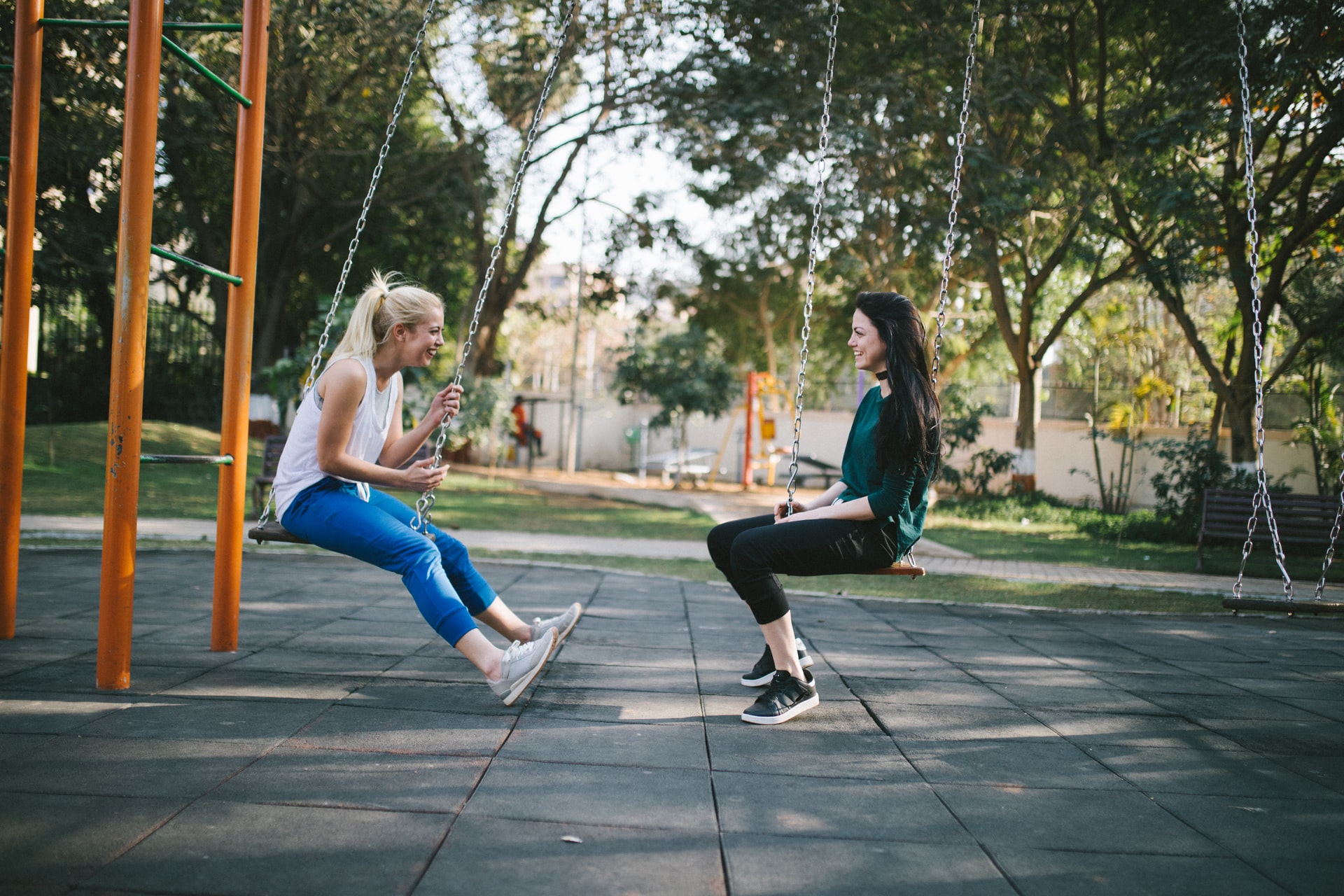Adam Oberlin (GER) suggests flipping part of the content-centered discussion during the normal class session to assigned student-to-student conversations outside of class. Here are his suggestions for organizing and assigning these external interactions.
When considering this approach:
- Think through the broader communicative goals behind the reading, viewing and listening activities connected with L2 materials
- Be very clear with the instructions you give to students regarding procedures and deadlines.
- Encourage students to make use of whatever technology they feel comfortable with (Zoom, Teams, Skype, Facebook chat, Google Chat, Facetime, etc.).
- Think through the type and purpose of follow-up activities.
- Consider adding a written follow-up task after the discussion, to allow for written feedback from the instructor. (The conversation could be recorded and submitted to the instructor, but this adds to the technological and temporal burden for everyone involved.)
- These conversations could replace some portion of the weekly class session — for example, an assignment of 15-minute sessions 2-3 times per week could shorten the Zoom class each day, or could mean fewer weekly meetings as a class — and some portion of the normal written homework assignments.

A common goal of classroom discussions of L2 materials, particularly at intermediate proficiency levels, is the development of analytical strategies in the L2, from the rhetorical creation and defense of arguments derived from primary sources to the complex lexical and syntactic structures that comprise them. Flipped pair/partner discussions offer a means of practicing these structures and vocabulary before discussions in the class session move from description to analysis, while also providing the instructor with written summaries or other types of written production for use in the group discussion.
Possible discussion topics could include:
- analyzing and interpreting images (e.g., infographics, advertisements, political posters, memes)
- examining questions pertaining to novel or film plots, characterization, historical significance, cinematography, etc.
- comparing and contrasting two or more texts, films, online articles, podcasts
- developing and sharing personal opinions or reactions to materials
- synthesizing opposing interpretations of materials, either provided by the instructor or solicited from students
- role-playing scenarios related to course materials
Possible follow-up activities might include:
- a written summary of the main outcomes of the discussion
- a paraphrase of the partner’s responses or production during the discussion
- the formulation of a mutually agreeable statement or synthesis
- the selection and elucidation of specific textual passages/film scenes/images from the provided materials
It is essential to structure the discussion and follow-up tasks clearly and with well-defined and achievable goals within the allotted time assigned.
Specificity and restriction, properly deployed alongside freedom of selection, allow for manageable tasks and broader, more interesting group discussions in the class session the next day.
For example, asking students to analyze the cinematographic elements or production choices of a film and writing about one of them as a follow-up activity (e.g., score, pacing, lighting, costuming, color, etc.) will provide the instructor with a basis for further discussion the following day and an opportunity to compare student responses across the given options in class. If a task includes drafting an argument or taking a stance on opposing interpretations of material, student follow-up responses may be used in class for group synthesis, debate, or problematization, either anonymously or openly, as may be appropriate.
Resources
Brown, A. (2018). Implementing the flipped classroom: Challenges and strategies. In Mehring, J. and Leis, A. (eds.) Innovation in Flipping the Language Classroom. Singapore: Springer, pp. 11-21.
Voss, E. and Kostka, I. (2019). Flipping Academic English Language Learning: Experiences from an American University. Singapore: Springer.
